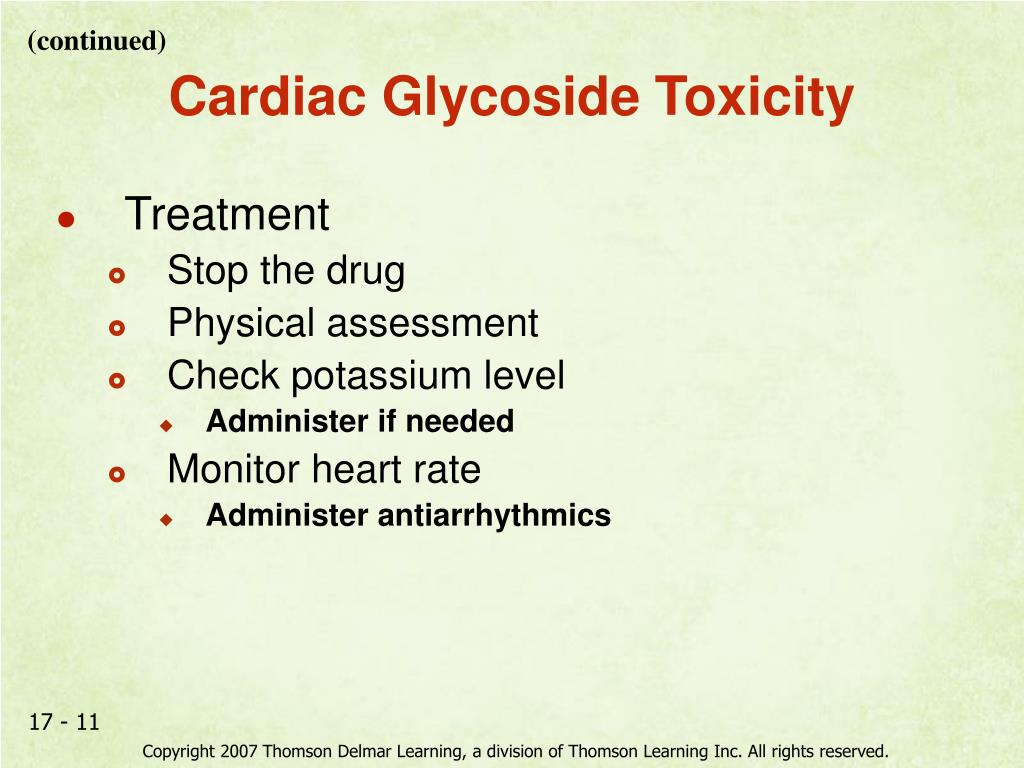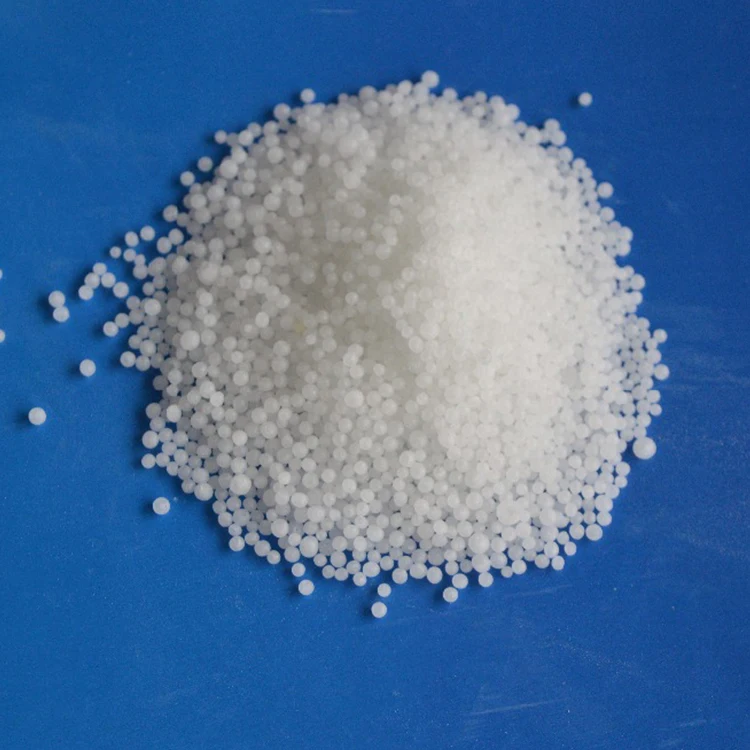

Activated Charcoal for Acute Poisoning: One Toxicologist’s Journey Kent R. Serves as biologic antioxidant against acetaminophen toxicities The ferric iron of methemoglobin back to ferrous ion in hemoglobin, whichĪcetylcysteine supplies the precursor amino acids for glutathione, which

In nitrite poisoning, methylene blue interact with reduced NADPH to reduce The antidote promotes return to normal function by repairing a defect orĮnhancing a function that correct the effect of poison. By aiding in the restoration of normal function: Synapse and neuromuscular junction in organophosphate toxicity The physiologic effect induced by a toxin is prevented by an antidote,Īlthough the toxicant is unchanged and may still be active.Ītropine blocks the physiologic effect of acetylcholine at cholinergic By blocking receptors responsible for the toxic effect :
#ANTIDOTE FOR POTASSIUM TOXICITY ACTIVATOR#
Paralidoxime : CHE activator act by breaking alkyl phosphate che bond.ĭiacetyl monoxyime(dam): action same as pam but with more bbb Used for calcium channel blocker especially verapamil It is also used to correct bradycardia caused by morphine, digitalis, beta Atropine: organophosphate, carbamate and other parasympathomimetic Flumenazil: antagonist for benzodiazepine Naloxone/naltrexone: opioid dependence, longer action and affinity for By competing with the toxicant’s action at a receptor site: Molybdenum and sulfate for copper toxicity by making water soluble complex, By facilitation of more rapid or complete elimination of A toxicant :Ĭhange the physiochemical nature of toxin, allowing better glomerular filtration andĮ.g. More effective when given immediately before toxic metabolic activationĮthanol and 4-methylpyrazole(4-mp) which compete with the alcoholĭehydrogenase which prevent the formation of toxic intermediate from ethyleneĢ. Preventing the formation of toxic metabolites:

Interacts with the poison to form a non toxic complex that can be excretedĢ. Antidotes reduce the overall burden of health service in managing of poisoningĬlassification of antidote- According to mode of actionĬlassification of antidote- According to site of actionġ.

“Antidote was defined as a therapeutic substance used to counteract the toxic


 0 kommentar(er)
0 kommentar(er)
